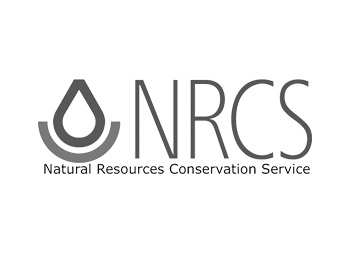Tree For All partner Tualatin River Watershed Council explores opportunities for salmonid recovery on the East Fork of Dairy Creek. Steve Trask explains the importance of anchor habitats and working with small landowners to perform restoration activities which give salmon access to thermal refugia.
A Case for Planting Trees
“There is a magic machine that sucks carbon out of the air, costs very little and builds itself. It’s called a tree. A tree is an example of a Natural Climate Solution.” - George Monbiot
Leave the Leaves!
This is the time of year when many neighbors in the Tualatin River Watershed are greeted with beautiful fall colors in the trees—and then find their yards covered by fallen leaves.
Many homeowners spend time and money collecting and disposing of their leaves, but the Xerces Society for Invertebrate Conservation, a Tree for All partner, has another suggestion: leave the leaves.
By leaving the leaves that fall into your yard, you:
add natural fertilizer to your soil;
help to fight erosion; and
create important habitat for pollinators and other invertebrates.
When you resist the urge to blow, mow and rake away your leaves, you’re aiding in the survival of moths, bumble bees, butterflies, snails, spiders, and lots of other arthropods. You don’t need to leave all the leaves—this isn’t to smother your lawn—but keeping some in a pile at the back of a flower border or along the base of a hedge will provide valuable shelter for all manner of small critters.
Even organic gardeners, who sometimes choose to shred their leaves for use as compost, can do more to protect the pollinators. The Xerces Society recommends that leaves in garden beds and lawn edges be left whole. While shredding does help the leaves break down faster, shredded leaves don’t provide the same cover, and the shredding process can destroy eggs, caterpillars and chrysalis.
You can learn more about the benefits of leaving your leaves for the critters that rely on them on the Xerces Society’s website.
Like planting trees and shrubs? Try counting frog and salamander eggs!
Tree planting is just one way to do hands-on volunteer work in your watershed. Once again this winter, Tree for All partners are training volunteers to count frog and salamander egg masses in local parks and natural areas. Each community scientist will pull on a pair of waders to gather data about where frogs and salamanders lay their eggs, how many eggs are laid, and which species are present. This is a great opportunity to build your skills and get a behind-the-scenes, up-to-your-elbows view of some of the most ecologically exciting areas in our region.
Volunteers typically participate in four separate surveys, totaling approximately 12 - 25 hours in late January - March. New volunteers must attend a training session (January 12, 19 or 26) to participate in the 2019 season.
Volunteers will track four native amphibian species: Pacific chorus frogs, Northwest salamanders, long-toed salamanders and Northern red-legged frogs. Why are we so interested in counting amphibian eggs? They let us know how we’re doing. Monitoring these native species helps indicate the overall wetland health and measure how Tree for All’s restoration efforts are helping wildlife thrive. Amphibians are considered an “indicator species” of wetland health. They require high quality ponds and slow-moving creeks for reproduction, and their larvae are sensitive to pollutants such as pesticides, fungicides, and heavy metals.
Interested in being a community scientist? Attend a training this month! Find full details here.
It's Planting Season: Join us for an Upcoming Tree Planting Event!
Every year, Tree for All partners get more than a million native trees and shrubs in the ground — and it’s easy to do your part. From October through March, there are dozens of opportunities for people of all ages to get involved in landscape-scale restoration by planting trees and removing invasive plants. No experience is necessary, and a good time is virtually guaranteed.
Most events take place on Saturday mornings from about 9 to noon. Host organizations provide tools, training and snacks. Many hosts ask you to register or RSVP ahead of time, and they all ask you to wear sturdy, closed-toe shoes or boots and clothes you don’t mind getting dirty.
Tree for All partners offering volunteer opportunities this Fall, Winter and Spring include Clean Water Services, Friends of Trees, Metro, Tualatin HIlls Park & Recreation District, the Wetlands Conservancy, and the cities of Beaverton, Cornelius, Tigard and Tualatin.
Visit the Tree for All calendar to find an event that works for you.








































